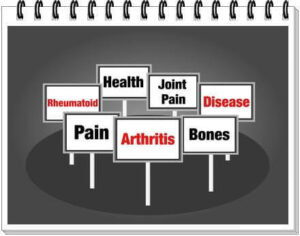Fit after 50 with Physical Therapy
Fit After 50 With Physical Therapy
As we go through different stages in life, from childhood, adolescence and adulthood into our senior years, it becomes even more important to adopt a healthy lifestyle. As they say, prevention is always better than cure.
Common conditions and illnesses experienced by seniors:
 As one grows older, there are changes in the cardiovascular, musculoskeletal, endocrine systems. Some common conditions and illnesses include:
As one grows older, there are changes in the cardiovascular, musculoskeletal, endocrine systems. Some common conditions and illnesses include:
Mental health issues
Osteoarthritis, osteoporosis and other musculoskeletal disorders
Chronic diseases (heart disease, respiratory diseases and diabetes)
Sexual dysfunction
Menopause in women and andropause in men
Risk of cancer
By addressing common risk factors and improving overall health and wellness, it is possible to maintain and enhance the quality of life as one grows older. Healthy eating, physical activity, avoiding smoking, conservative use of alcohol and the practice of mental wellness can reduce or even prevent common diseases. A physical therapist can help you improve your health and wellness with a well-balanced exercise and injury prevention program.
Vitality Through the Years…
It is never too late to start a health and fitness program. Progressive exercise can increase strength, improve flexibility and boost quality of life for individuals of all ages.
Tips for improving mobility and pain management for seniors:
1.After a comprehensive initial evaluation to assess your current fitness levels (and goals), a progressive exercise program consisting of isometric or isotonic exercises will be prescribed by your physical therapist.
2.For individuals diagnosed with cardiovascular or respiratory diseases, ask a physician if exercise is right for you, and then contact a physical therapist.
3. Consult a nutritionist for advice on a healthy eating plan. Calorie restriction is an essential part of weight loss.
4. Make a conscious effort to walk (or be more active) around the house and at work.
5. Identify exercises that you enjoy and do them as often as your body allows. A little bit of soreness for a day or two is a good thing, but contact your physical therapist if you feel any sharp pain that gets worse.
6. Invest in comfortable footwear. This will encourage you to walk, exercise more and reduce the risk of injuries to the joints.
7. Find an ‘exercise buddy’ to help you stay motivated and accountable.
